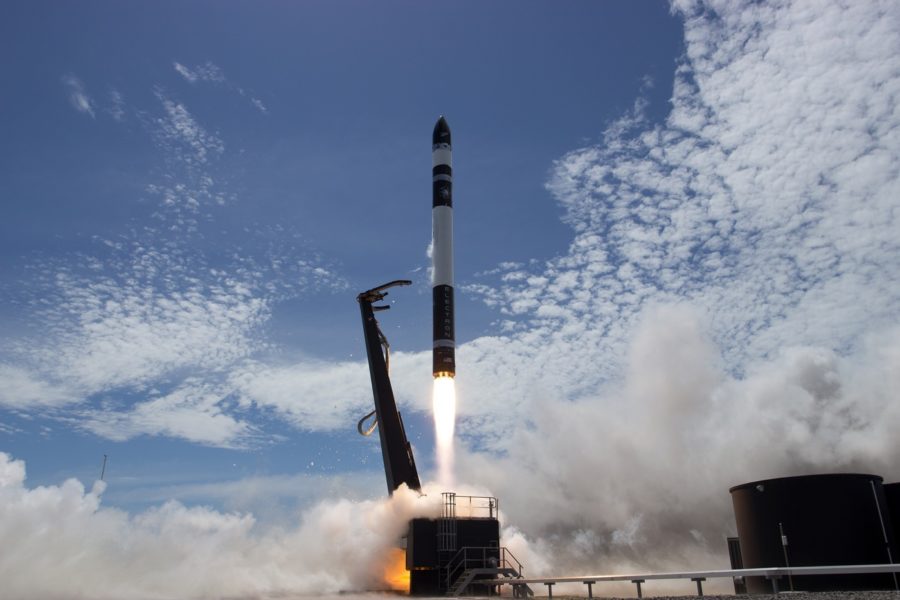Rocket Lab has announced the successful launch of the test flight of its second Electron orbital vehicle. Also called, Still Testing, Electron lifted-off at 14:43 NZDT from Rocket Lab Launch Complex 1 on the Māhia Peninsula in New Zealand.
According to Rocket Lab CEO and founder Peter Beck, it was the beginning of a new era in commercial access to space. “Reaching orbit on a second test flight is significant on its own, but successfully deploying customer payloads so early in a new rocket program is almost unprecedented. Rocket Lab was founded on the principal of opening access to space to better understand our planet and improve life on it. Today we took a significant step towards that,” he says.
The Electron rocket, made of a lightweight carbon composite, would integrate a lot of elements 3D printed using Electron Beam Melting technology. The engine chamber, injector, turbopumps, and main propellant valves are for instance all 3D printed in order to reduce weight while maintaining strength in the Rutherford engines. Furthermore, Still Testing was carrying a Dove Pioneer Earth-imaging satellite for launch customer Planet, as well as two Lemur-2 satellites for weather and ship tracking company Spire.

In the coming weeks Rocket Lab engineers will analyse the data from today’s launch to inform future launches. Rocket Lab currently has five Electron vehicles in production, with the next launch expected to take place in early 2018. At full production, Rocket Lab expects to launch more than 50 times a year, and is regulated to launch up to 120 times a year, more than any other commercial or government launch provider in history.
For further information about 3D Printing, follow us on our social networks and subscribe to our newsletter!
//pagead2.googlesyndication.com/pagead/js/adsbygoogle.js
(adsbygoogle = window.adsbygoogle || []).push({});





